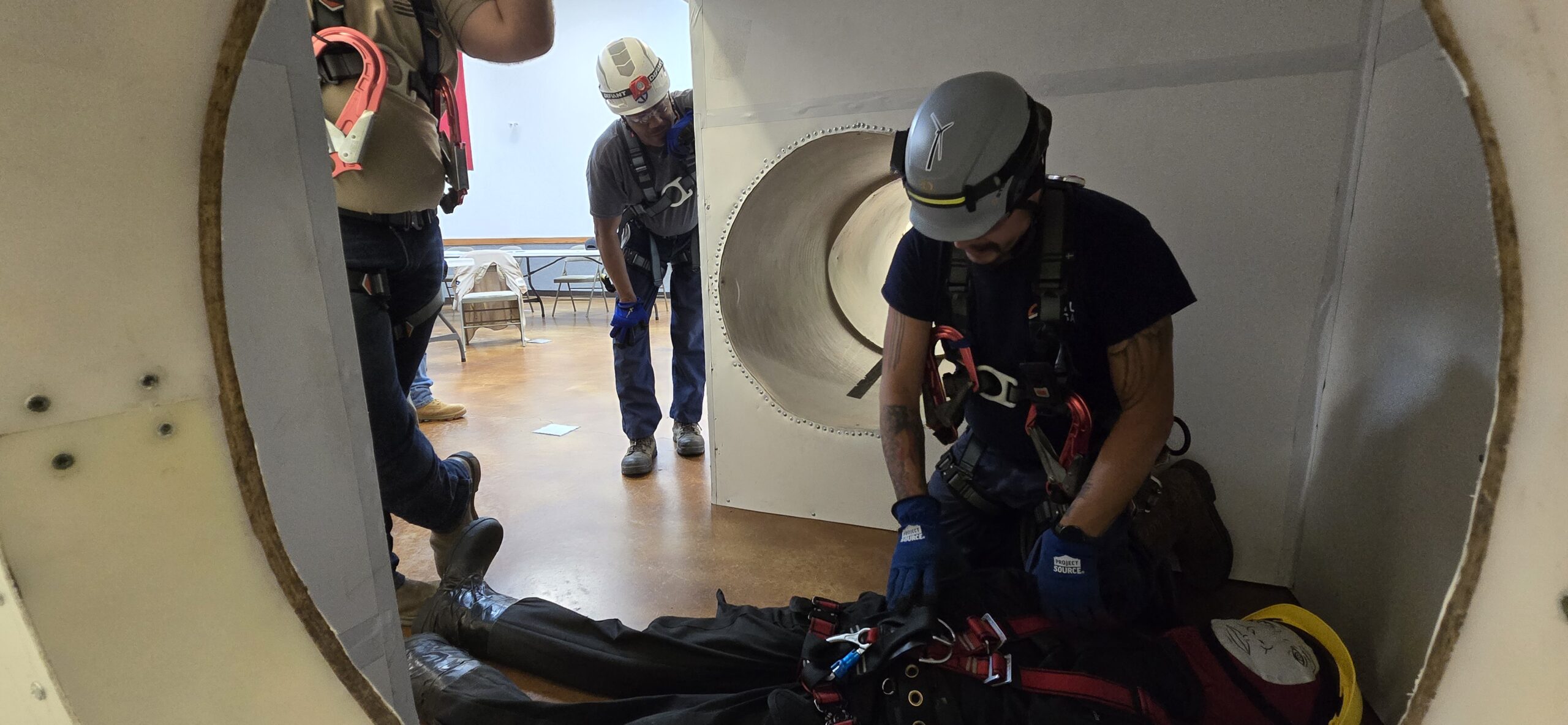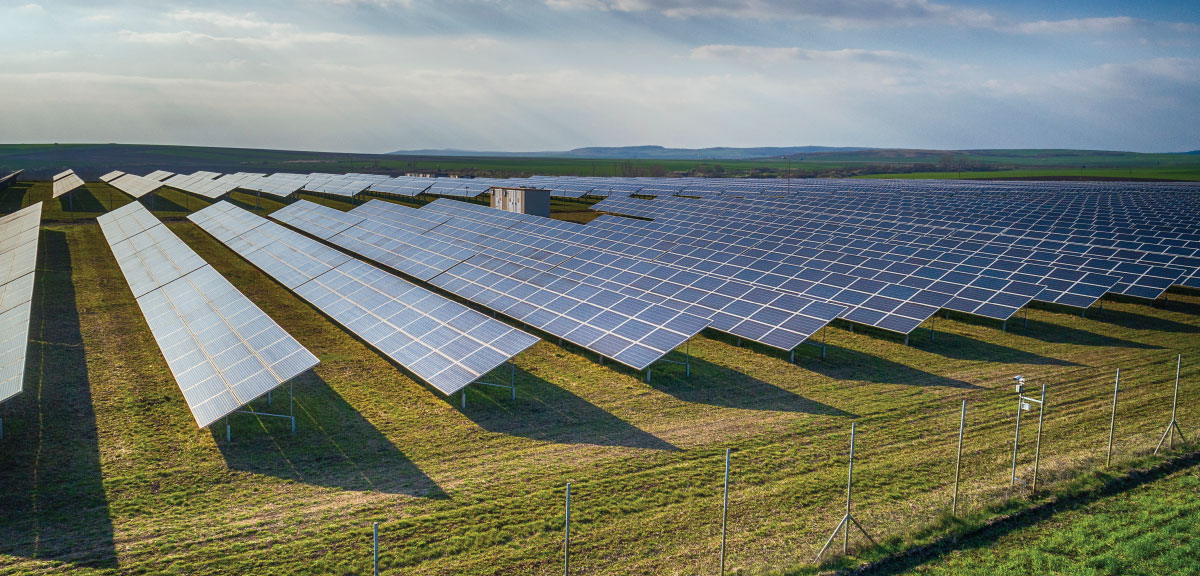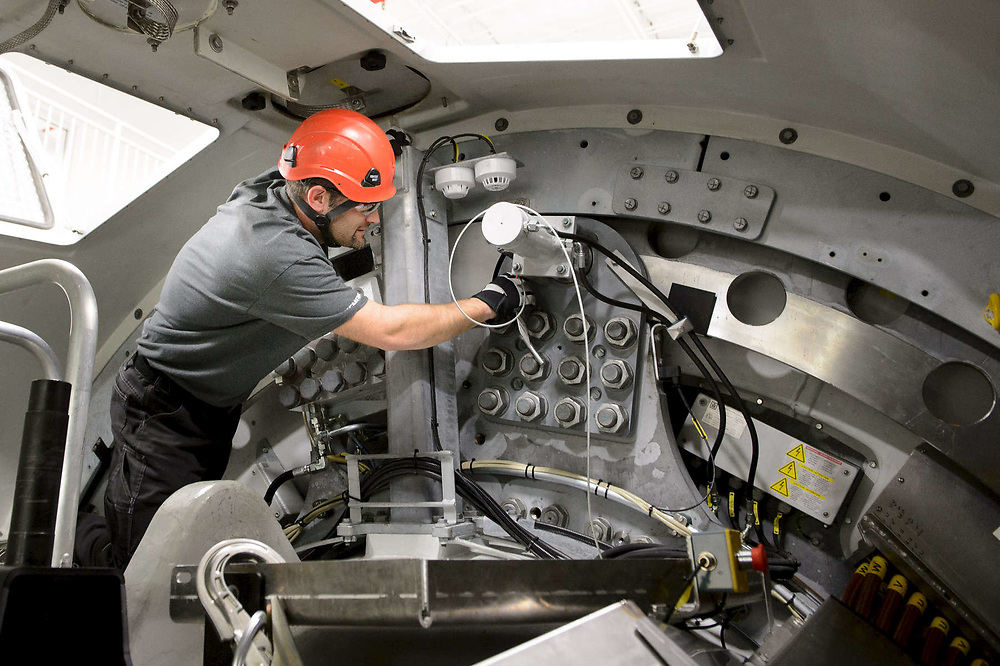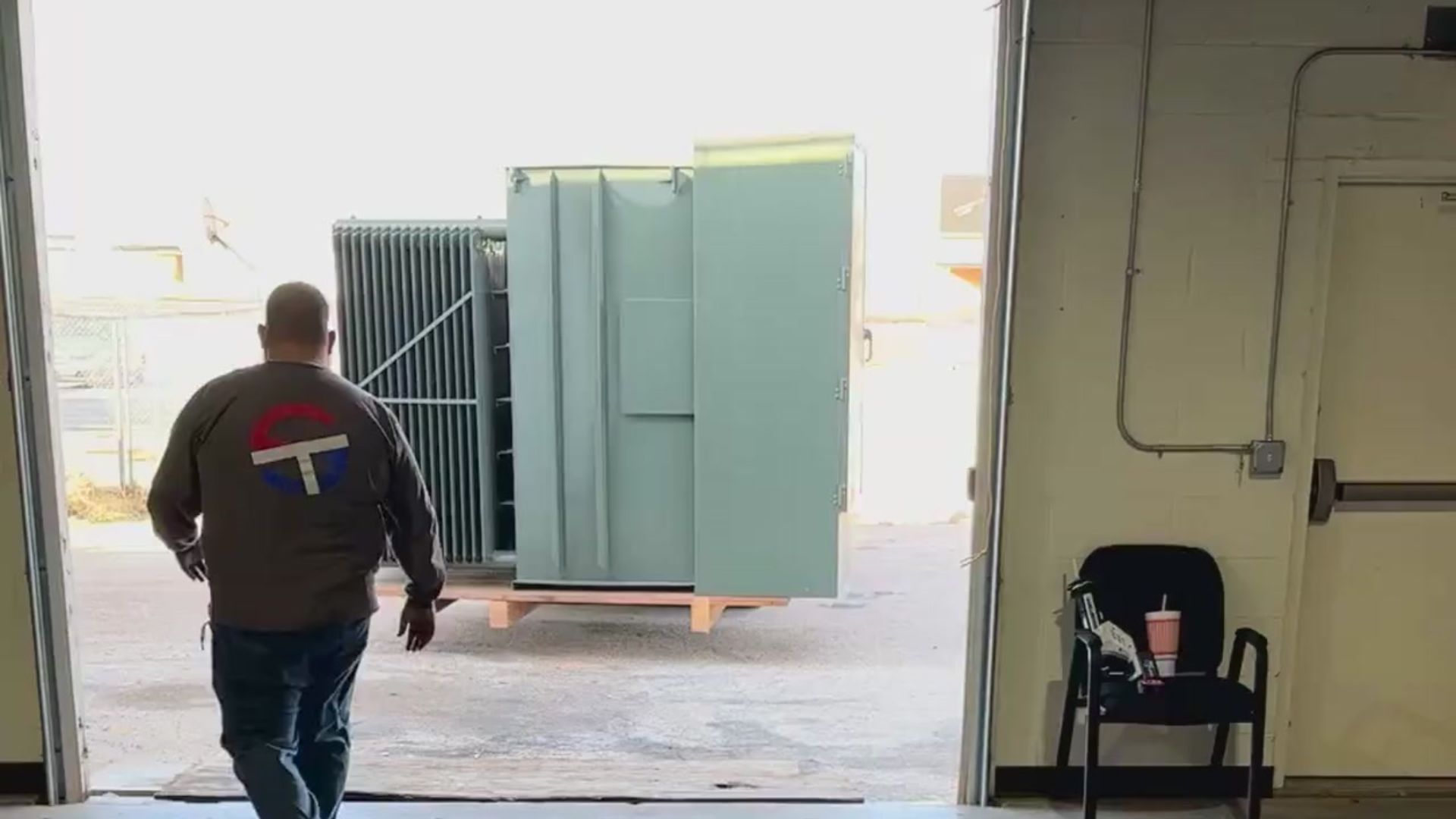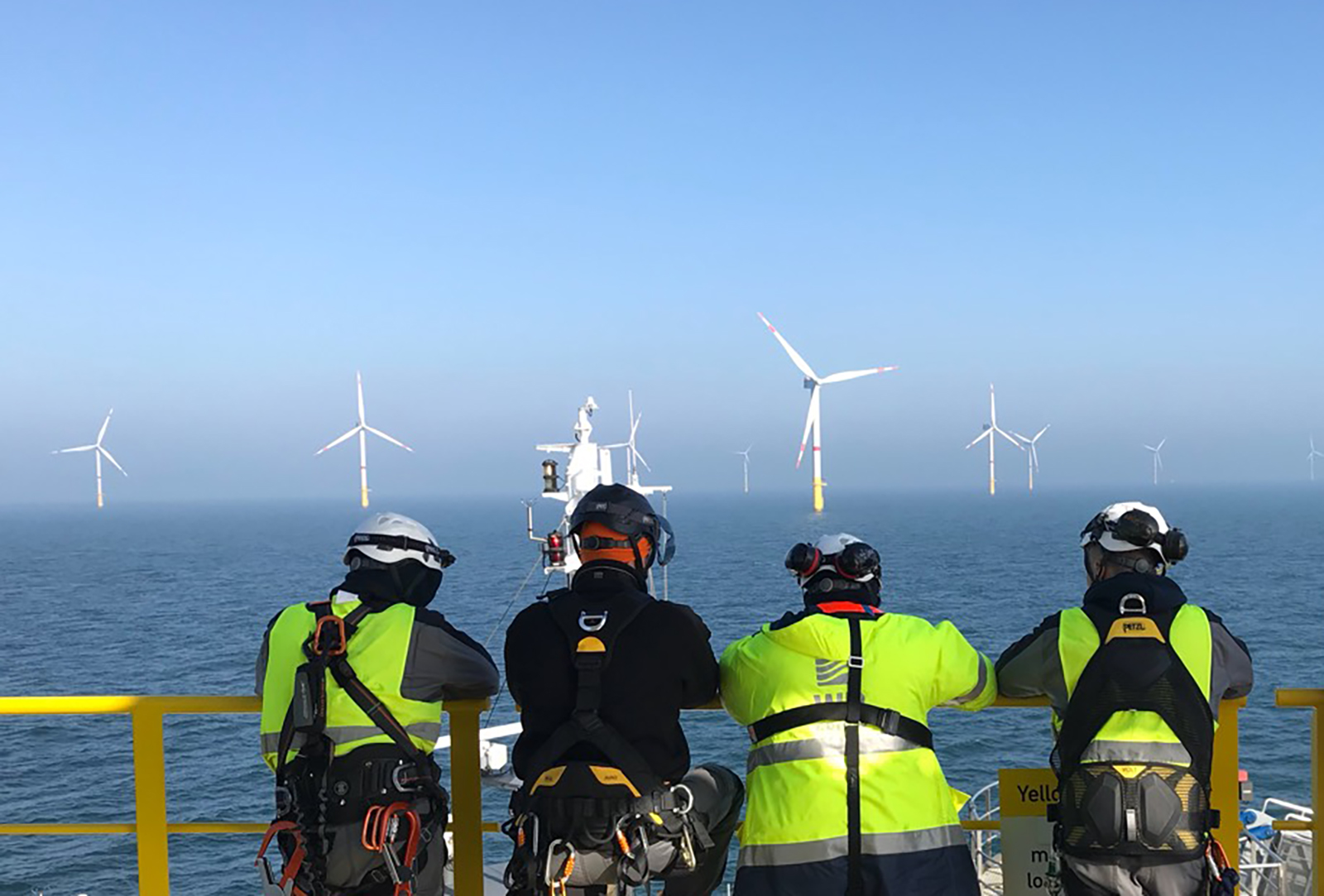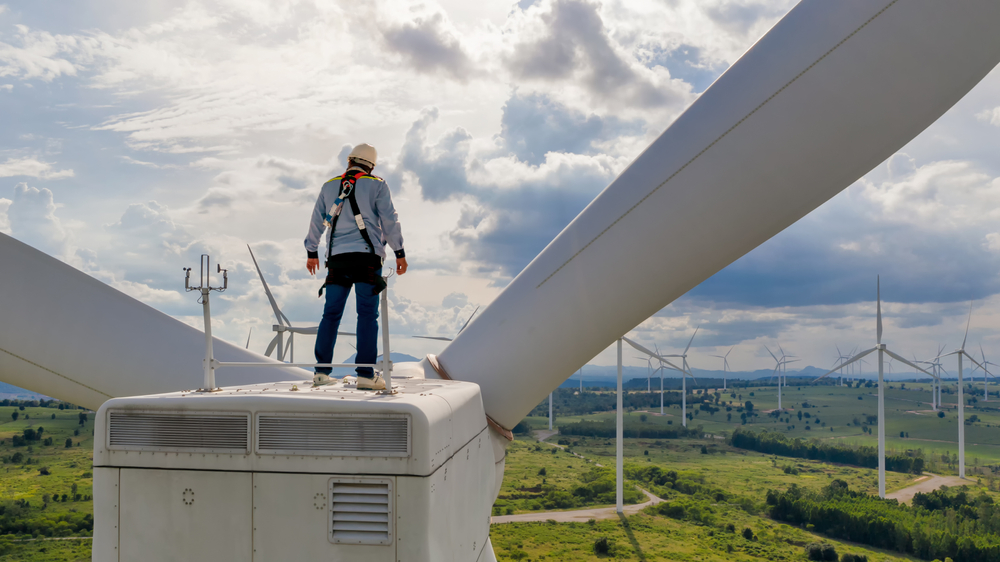A collaboration between two training heavyweights
STL USA and Danish Wind Power Academy began working together in 2024 to solve one of the biggest challenges facing US wind employers – how do we turn the large numbers of rookie technicians into experts and ensure that our customers continue to win in wind.
The result is Total Wind Training, an adaptive program that covers both industry required certification and competency training from beginner to advanced.
Growth is creating challenges across the wind industry
We’ve had 4-5 years of unencumbered growth. The numbers of ISPs have grown dramatically. Hiring has been conducted at unprecedented rates to meet demand. The net result however is that the ratio of expereinced to inexperienced technicians has widened.
Picture the scene –
“Group of buddies with OEM, owner or major ISP experience form their own business. 10 guys has mushroomed to 40. But that’s a lot of new hires for 10 experienced techs to train, whilst trying to get the job done and run a business.”
Industry certs are the easy box to tick, you either have them or you don’t. But how do you teach competencies and know what your teaching is what your techs actually need?
Total Wind Training is design to solve for this
- Technicians are assessed to understand current competency level
- Technicians are grouped into Tech 0 – Tech 3 levels based on their competencies (levels can be adapted to suit employers existing framework)
- Training programs/development pathways are created for each technician to fill in knowledge gaps
- STL USA manage training logistics and jointly deliver training with DWPA at site or in Texas
- Programs cycle alongside GWO 2-year course validity
- When technicians reach a milestone, i.e moving from Tech 1 to Tech 2 they are assessed, if the pass they move up a level on to the next pathway to Tech 3. If they don’t they can cycle back to 1 day sprint training on specific topics
Training delivered where you want it
Many training programs take place in classroom settings or controlled environments that fail to replicate the on-the-ground conditions technicians actually face. STL USA and DWPA bridge this gap by providing:
-
Onsite training at real wind energy installations
-
State-of-the-art mobile training facilities that bring industry-grade tools and equipment directly to technicians
-
Immersive, scenario-based learning where trainees practice in real working environments rather than simulations
This practical approach ensures that technicians leave the program fully confident and prepared for fieldwork, reducing downtime and increasing overall job efficiency.
Major benefits for companies in wind
For companies operating in the wind sector, investing in top-tier training is a strategic decision that yields significant long-term benefits:
- Reduced downtime: Well-trained technicians work more efficiently and safely, minimizing costly errors and delays.
- Higher retention rates: Employees value top-tier training and development opportunities, leading to greater job satisfaction and lower turnover.
- Enhanced reputation: Companies known for investing in quality training become industry leaders, attracting top talent and business partnerships.
- Regulatory compliance with added value: Ensuring technicians meet GWO standards while simultaneously upskilling them creates a dual advantage—compliance and operational excellence.
- World-Class Training, Seamlessly Integrated: STL USA and DWPA bring industry-leading instruction together in one streamlined program.
- Maximize ROI on Workforce Development: Reduce training costs while accelerating technician readiness and productivity.
- Certifications & Competencies, All in One: Build a workforce that’s skilled, certified, and job-ready at every level.
- Confidence in Every Climb: Know that your technicians have the expertise to operate safely and efficiently—at every stage of their careers.
Final Thoughts
The challenge has moved on in wind it’s now less about a scramble to bring in people rather it’s about ensuring that that workforce is competent and capable. Talk to us about how Total Wind Training can mke this a reality.
Want to learn more about Total Wind Treaining?
Click the button to find out more

